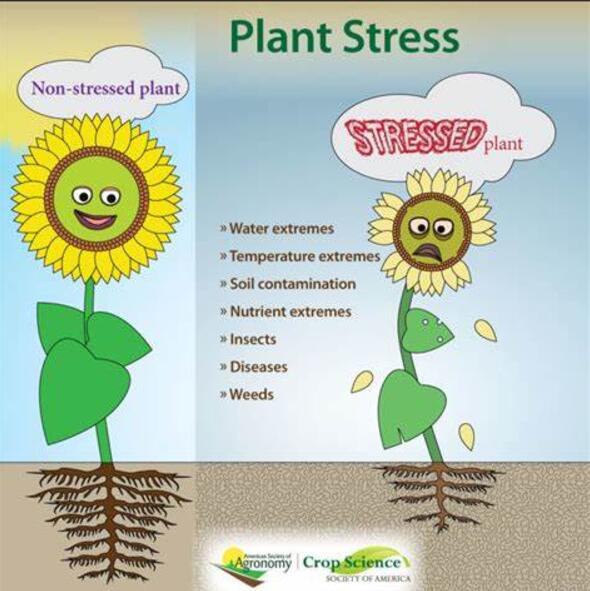Translational research progress and challenges for developing drought resilient rice
IF 6.8
Q1 PLANT SCIENCES
引用次数: 0
Abstract
In this comprehensive review, we highlight the current state and analyze the global impact of drought stress on rice production, explore research progress achieved and offer insights through timely or comparative analyses where applicable. More than half of the world's rice area is affected by drought with Asia being the most severely impacted followed by Sub-Saharan Africa and Latin America. Under limiting freshwater resources and climate change, the traditional rice cultivation witnessed a shift towards water-efficient techniques. Further, integrating under-exploited but potentially valuable traits in modern cultivars, including root architecture, optimized canopy structure, tillering plasticity, and key physiological traits, could help minimize drought-induced damage. Furthermore, although high-throughput phenotyping (HTP) has shown promise for rice drought tolerance breeding, its large-scale deployment has remained limited, despite recent efforts to collect phenotypic data using various HTP platforms under controlled and field conditions. Breakthroughs in drought stress research, including genetic mapping and genomics studies have enabled the identification of important QTLs, genes, and superior alleles/haplotypes. A total of 55 mapping studies are available in rice, which have identified 1452 QTLs involving 263 major QTLs associated with diverse traits contributing to drought stress tolerance. In addition, around 305 cloned and/or characterized genes have been associated with drought-responsive traits in rice. Moreover, 81 important transgenes tested in rice have been shown to enhance drought resilience in transgenic rice plants. Additionally, direct selection for grain yield under drought and utilization of drought-yield QTLs in marker-assisted breeding programs, has resulted in the release of several drought-tolerant rice varieties across South and South–East Asia. Future research direction and the potential of emerging technologies to enhance drought tolerance in rice is emphasized. The holistic approach outlined guides future research and breeding endeavors, fostering sustainable and resilient rice production in the face of changing climatic conditions.
求助全文
约1分钟内获得全文
求助全文
来源期刊

Plant Stress
PLANT SCIENCES-
CiteScore
5.20
自引率
8.00%
发文量
76
审稿时长
63 days
期刊介绍:
The journal Plant Stress deals with plant (or other photoautotrophs, such as algae, cyanobacteria and lichens) responses to abiotic and biotic stress factors that can result in limited growth and productivity. Such responses can be analyzed and described at a physiological, biochemical and molecular level. Experimental approaches/technologies aiming to improve growth and productivity with a potential for downstream validation under stress conditions will also be considered. Both fundamental and applied research manuscripts are welcome, provided that clear mechanistic hypotheses are made and descriptive approaches are avoided. In addition, high-quality review articles will also be considered, provided they follow a critical approach and stimulate thought for future research avenues.
Plant Stress welcomes high-quality manuscripts related (but not limited) to interactions between plants and:
Lack of water (drought) and excess (flooding),
Salinity stress,
Elevated temperature and/or low temperature (chilling and freezing),
Hypoxia and/or anoxia,
Mineral nutrient excess and/or deficiency,
Heavy metals and/or metalloids,
Plant priming (chemical, biological, physiological, nanomaterial, biostimulant) approaches for improved stress protection,
Viral, phytoplasma, bacterial and fungal plant-pathogen interactions.
The journal welcomes basic and applied research articles, as well as review articles and short communications. All submitted manuscripts will be subject to a thorough peer-reviewing process.
 求助内容:
求助内容: 应助结果提醒方式:
应助结果提醒方式:


